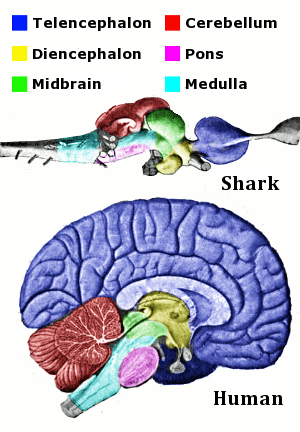24-April-2015
I think that it was about 2 weeks now, and so far, most of my 2009 health blog articles has been cleaned.
Below are the articles that got a lot of page views, out of the almost 700 articles posted in 2009. Some articles fetched so many views, perhaps they were ideas that were at the right place at the right time.
Danger down under
HOAX: Vitamin C (AA) + Shrimp/Prawn = Arsenic Poisoning
Facts about Leptospirosis
ASK THE DOC: Birthmark Removal
Don’t touch your eyes with dirty hands
How do I keep my thyroid problem in check?
1,000 more confirmed H1N1 flu cases added in one day
Addressing concerns on your child’s immunity
Health warning on "Air Ikan Haruan"
Varicose veins not just cosmetic Prevent varicose veins
Life, health insurers invest big in tobacco
The right moves
Substances in 2 illegal health products cause adverse side effects
Wash the hand that breeds
After the trips come the tests
Nightclub operators put in place H1N1 precautionary measures
A sign of heart attack?
When mum has an eating disorder
Start small
When nature calls ... a little too often
Beware of premature cornea ageing
Say goodbye to Botox
It was the long watch on the H1N1 pandemic, until it finally was contained.
And some others.
On to the rest of the articles, 2010 and later!
I think that it was about 2 weeks now, and so far, most of my 2009 health blog articles has been cleaned.
Below are the articles that got a lot of page views, out of the almost 700 articles posted in 2009. Some articles fetched so many views, perhaps they were ideas that were at the right place at the right time.
Danger down under
HOAX: Vitamin C (AA) + Shrimp/Prawn = Arsenic Poisoning
Facts about Leptospirosis
ASK THE DOC: Birthmark Removal
Don’t touch your eyes with dirty hands
How do I keep my thyroid problem in check?
1,000 more confirmed H1N1 flu cases added in one day
Addressing concerns on your child’s immunity
Health warning on "Air Ikan Haruan"
Varicose veins not just cosmetic Prevent varicose veins
Life, health insurers invest big in tobacco
The right moves
Substances in 2 illegal health products cause adverse side effects
Wash the hand that breeds
After the trips come the tests
Nightclub operators put in place H1N1 precautionary measures
A sign of heart attack?
When mum has an eating disorder
Start small
When nature calls ... a little too often
Beware of premature cornea ageing
Say goodbye to Botox
It was the long watch on the H1N1 pandemic, until it finally was contained.
And some others.
On to the rest of the articles, 2010 and later!




















































